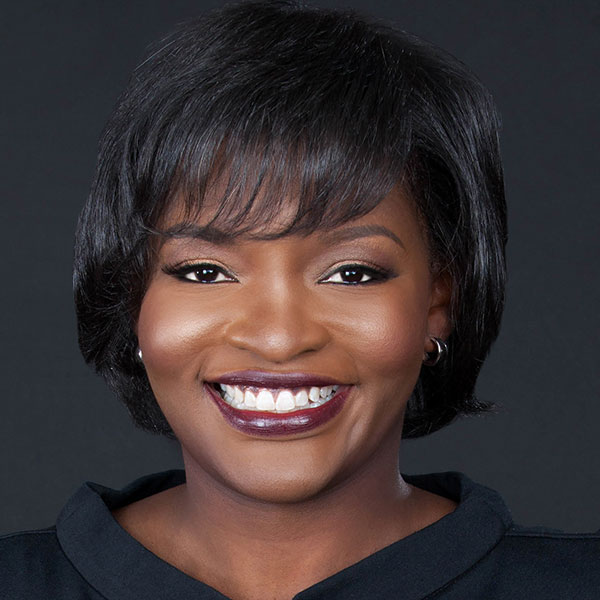The Time to Innovate is Now: The Pursuit of New and Innovative Ways of Delivering Congenital Heart Disease Diagnosis and Care in Developing Countries

"Doctor, it's in your hands."
These were a father's words to me as he awaited the fate of his 11-year-old daughter, Akua. Earlier, they had been waiting patiently amongst many, as I and the rest of our medical mission team in Ghana carefully screened young patients for potential surgical repair of their congenital heart disease (CHD).
As the daughter of immigrants from Ghana, it had always been my dream to go back and utilize my skillset as a pediatric cardiologist in some way. Akua, in particular, had unrepaired Tetralogy of Fallot, and as a consequence, declining oxygen saturations.
However, her indeterminate coronary anatomy by echocardiogram made it unclear as to whether she would be a favorable candidate during this trip. She would need further advanced imaging before the next mission trip.
In a developing country like Ghana, such imaging was not easily attainable nor affordable for most families.
For Akua and others like her, I could not help but wonder, could increased access to care and specialists have made a difference?
Ghana suffers from a burgeoning CHD population and not enough pediatric cardiac specialists. In a country of nearly 30 million people and an estimated CHD birth prevalence of more than 7,000 neonates annually, there is only one formally-trained pediatric cardiologist and four pediatric cardiothoracic surgeons.

To provide perspective, in North America, one cardiac center attends to a population of about 120,000 people.
In Africa, one cardiac center supports 33 million people.
The only CHD surgical mission group to aid in mitigating this inequity hails from Boston Children's Hospital, led by Ghanaian pediatric cardiothoracic surgeon, Francis E. Fynn-Thompson, MD.
I was fortunate to accompany this group on their most recent trip to Komfo Anokye Teaching Hospital in Kumasi, Ghana, and see firsthand the challenges that CHD patients and their families face in trying to improve their well-being.
What became apparent to me was a definite need for new and innovative ways of delivering care for CHD whilst building capacity.
What current innovations existed that could help diagnose and aid those with CHD?
I wondered if the hype around hand-held ultrasound devices, such as the Phillips Lumify and the Butterfly iQ, would be of benefit to the children of Ghana with CHD. I felt the ease of connecting these devices to mobile phones or tablets held potential in early diagnosis of CHD and increasing access to care.
In addition, numerous studies have been done utilizing such devices with non-physicians in remote areas to cast a wider net in capturing those with cardiac disease. I had both devices on the trip and was pleasantly surprised of their capabilities.
I felt enough information could be gathered by 2D and color imaging to serve as an adequate screen for CHD. Though neither have spectral Doppler capabilities, it is just a matter of time before that is added to the arsenal.
I also foresee artificial intelligence playing an increasing role on how we diagnose and care for patients with CHD in developing countries.
However, I learned from the trip that innovation goes beyond equipment and software. Innovative ways are needed in increasing CHD awareness in low-middle income countries like Ghana in the hopes of pushing it to the forefront of political priorities.

Innovative ways are needed of creating and deepening the pipeline to increase the pediatric cardiac care workforce. Innovative ways are needed for financing surgeries for families that cannot afford it, which is the case in many developing countries where surgery is not covered by national insurance.
More importantly, innovative ways are needed in forging connections with our colleagues in low-resourced countries and maintaining these vital networks. For example, such relationships could be supported on telemedicine platforms for periodic case conferences or educational sessions.
These discussions could bring to light overlooked issues that, when addressed, could improve patient care.
Akua's father was right in declaring that it was in my hands. As we enter this new decade, if we do not seek to make positive, innovative changes in cardiac care globally, who else will?
The time is now.

